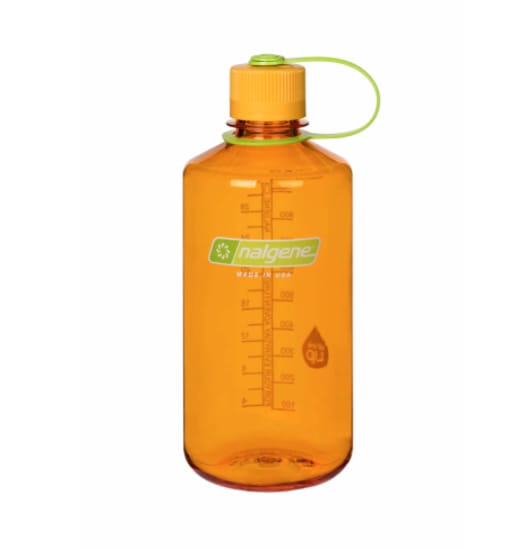
Comparing 5 Different Reusable Water Bottles
Week 5
There are hundreds of reusable water bottle options out there, so to help you decide which material is best for you, I've made a list of pros and cons for each.
Disclosure: This post contains affiliate links, meaning, at no additional cost to you, I may earn a small commission if you click through and make a purchase.
Plastic

Pros
- Lightweight
- Inexpensive
Cons
- No temperature control
- Easily Accumulates Mold
- Short life span
- Plastic chemicals can leach into water
New research shows that BPA-Free plastics may not actually be safe.
Glass

Pros
- Easy to clean
- No plastic liner
- Well insulated
- Long-lasting
- Dishwasher safe
Cons
- More expensive
- Heavy
- Not allowed everywhere
- Can break easier than other materials
If you like the idea of a glass bottle, but aren't to keen on the price point, consider using a glass jar or bottle from home to make your own.
Aluminum

Pros
- Affordable
- Lightweight
- Long-lasting
Cons
- Dents easily
- Not dishwasher safe
- Has thin plastic liner
Stainless Steel

Pros
- Doesn't leach chemicals
- Well insulated
- Durable
- Rust and mold resistant
- Usually dishwasher safe
- No plastic liner
Cons
- Can be heavy
- More expensive
- Possible faint metallic aftertaste
Silicone
Pros
- Collapsible
- Medium Cost
- Lightweight
- Dishwasher safe
- Doesn't break easily
Cons
- Harder to clean
- Can wear out quicker than other materials

Final Thoughts
My personal favorite material choice is stainless steel, but I also love the glass one I made from an old vinegar bottle. I would stray away from bottles with built in straws as I found them to get moldy on a regular basis and difficult to clean. Keep in mind that whatever you end up with is better than single use plastic.